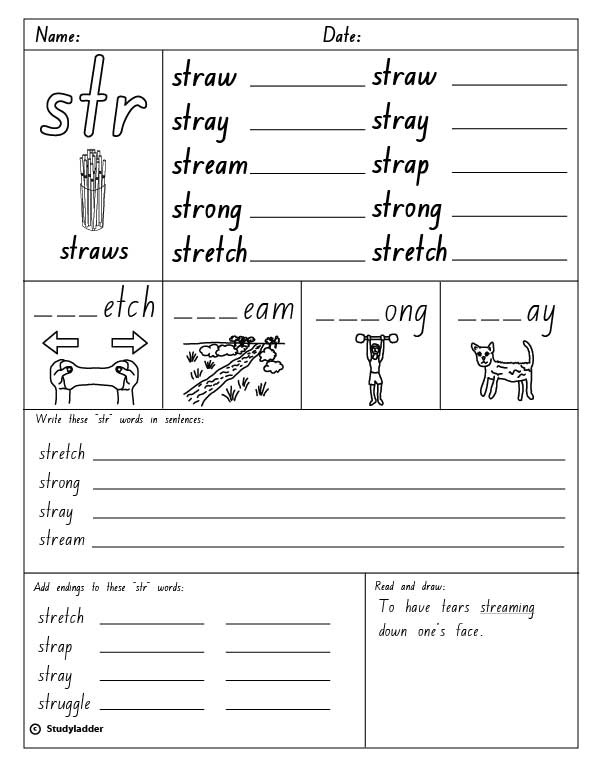Back
Blend "str"
- Grade: Year 3
Activity type: Printable
To save results or sets tasks for your students you need to be logged in. Join Now, Free
Blend "str"
- Course
English - Grade
Year 3 - Section
Spelling Worksheets - Outcome
Blends / Double Consonants (2) - Activity Type
Printable - Activity ID
21083

